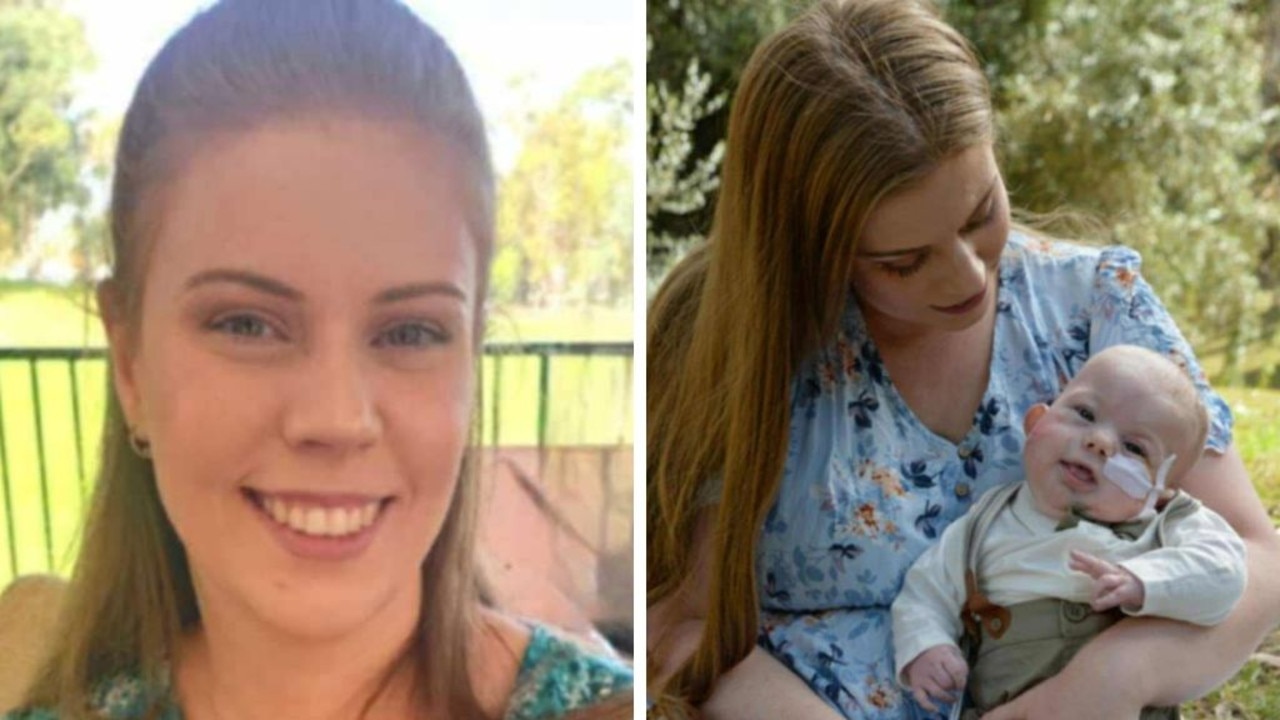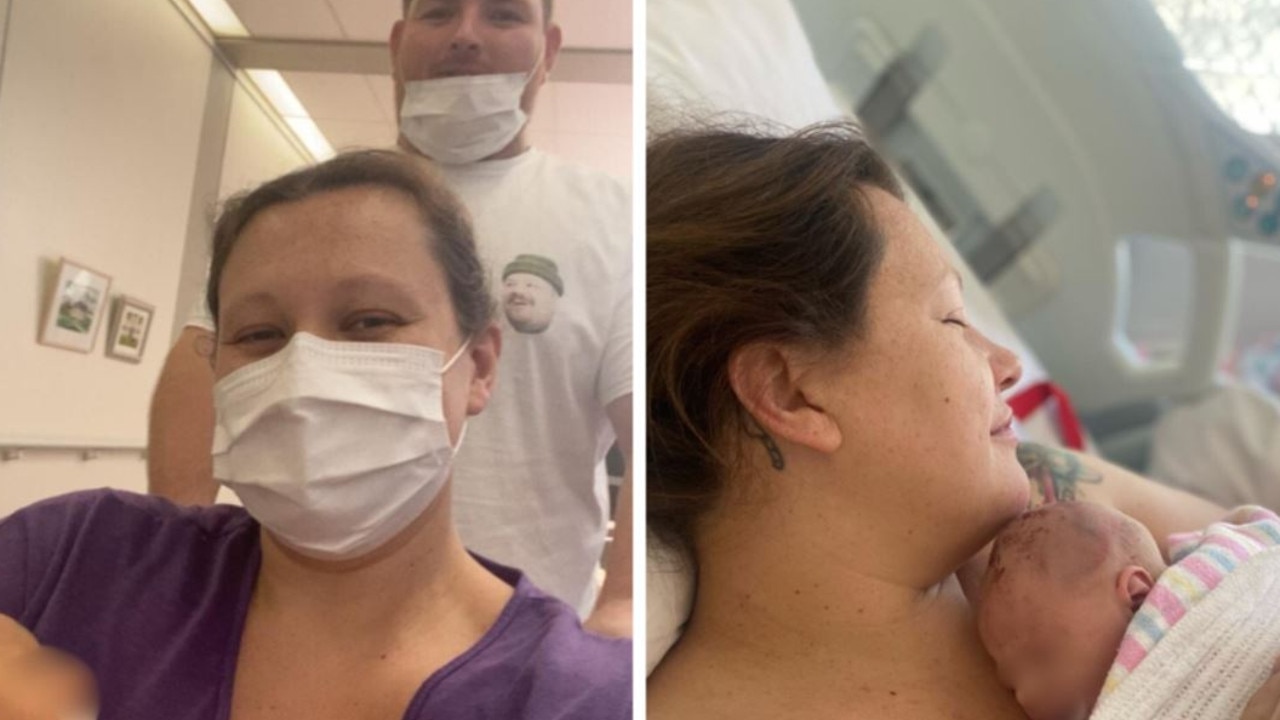Australian woman gives birth to two babies conceived within 10 days of each other
THESE little girls were born on the same day, but conceived 10 days apart. So how on earth can that happen? We asked the experts to explain.

A BRISBANE woman has given birth to two babies conceived within 10 days of each other, a feat which doctors describe as “highly unusual”.
Kate Hill has polycycstic ovarian syndrome (PCOS) and had been having hormone injections to help boost her fertility.
She and husband Peter soon found out they were pregnant with two babies, conceived at different times, even though the couple say they only had unprotected sex once.
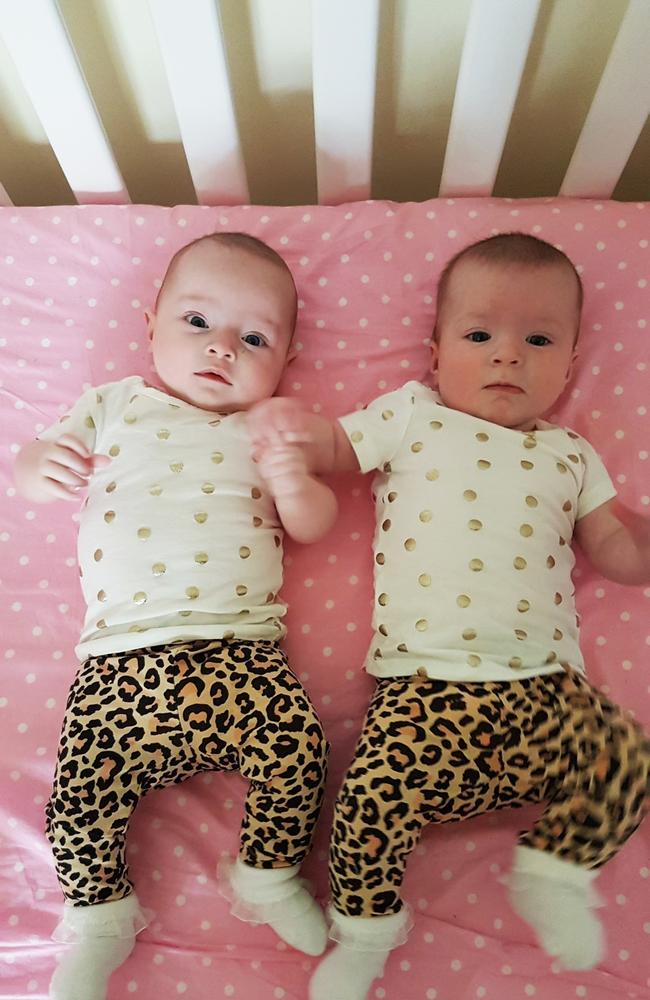

“What makes this case even more rare, is that my husband and I only had intercourse one time — his sperm stayed alive for 10 days to fertilise the second egg released,” Mrs Hill toldToday Tonight.
Nine months later, she gave birth to two baby girls, Charlotte and Olivia. “We actually didn’t realise how special that was until they were born,” Mrs Hill said.
This rare occurrence is often referred to as superfetation, said Royal Australian and New Zealand College of Obstetricians and Gynaecologists President, Professor Michael Permezel. It’s believed there are only 10 or 11 cases of superfetation in the world.
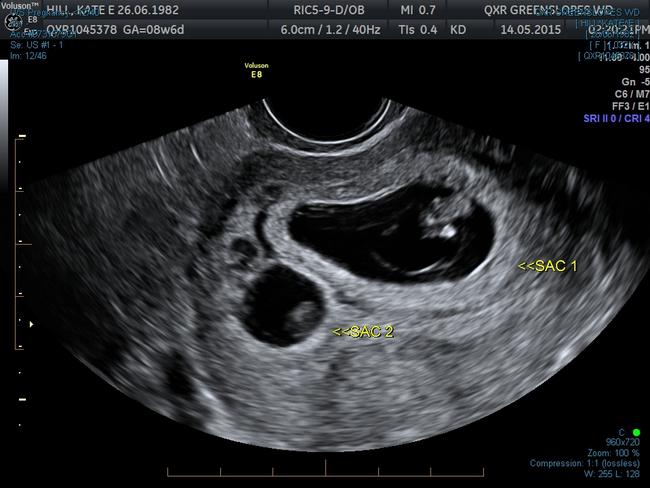
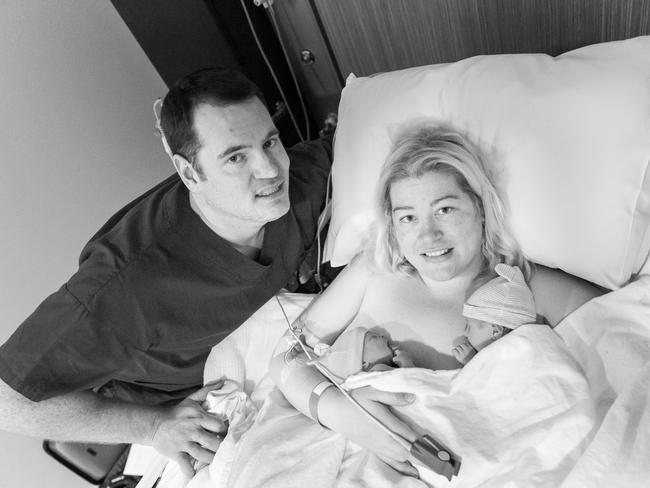
“[Charlotte and Olivia] are classified as twins,” Prof Permezel told news.com.au.
“Normally with twins, both eggs are released at the same time and conceived at the same time.
But in this case, one egg appears to have been released 10 days later and the sperm survived in the female genital tract before fertilising the other egg.
“We do know that sperm can survive in the female genital tract for up to a week, but usually not for 10 days.”
In 2009 an Arkansas woman was pregnant with a baby girl, but then discovered another smaller baby, a boy, was also growing beside her.
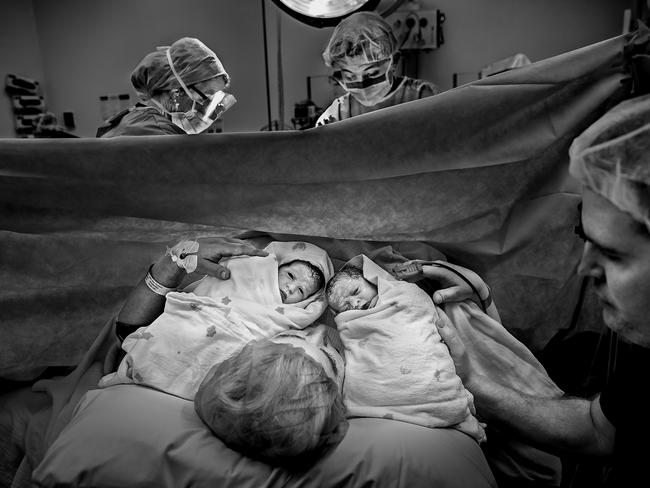
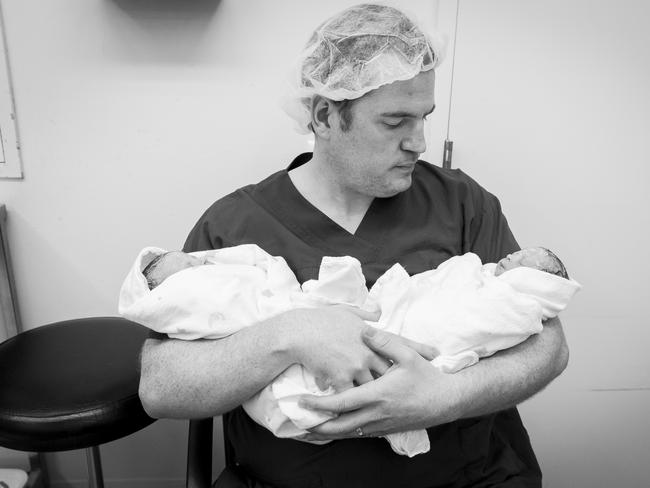
Todd and Julia Grovenburg may have conceived their son Hudson a full two weeks after daughter Jillian, their doctors said.
“Mrs Julia Grovenburg is pregnant with twins and there appears to be a discordant growth pattern, possibly due to superfetation,” Ms Grovenburg’s obstetrician Michel Muylaert told American TV station KFSM-TV.
“This is an unusual and rare condition, but the possibility is real. It can only be confirmed after delivery by chromosomal and metabolic studies on the babies.
“She was evaluated at [the local hospital] for this condition and they confirmed the suspicion of superfetation.”
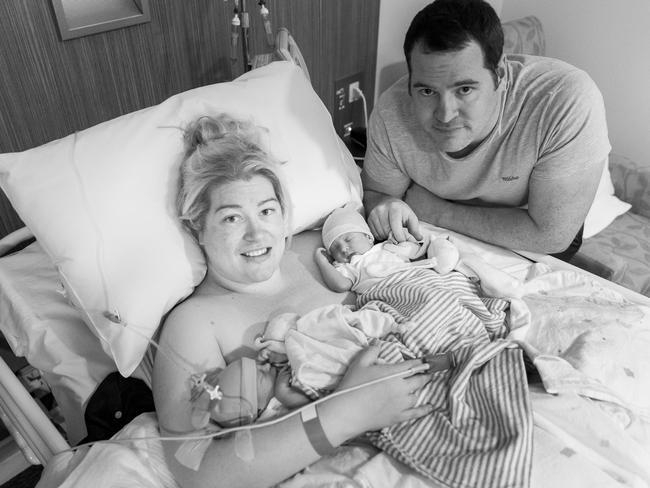
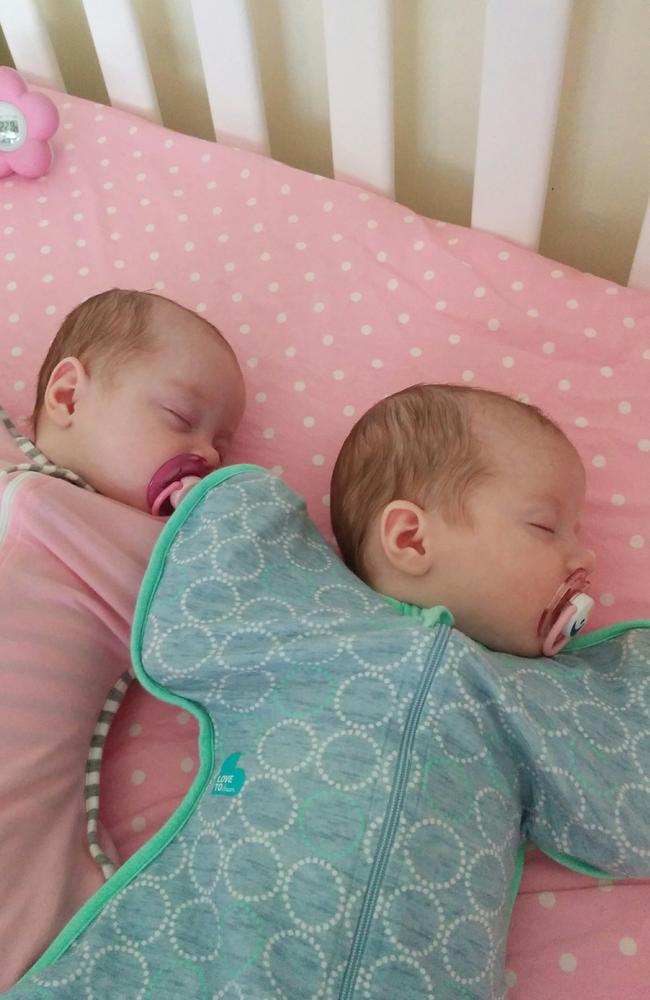
Another doctor, Karen Boyle said the two foetuses differed widely in size and development early on in the pregnancy, which was unusual.
“When the woman had her ultrasound initially, they saw one sack, one baby developing, and that baby had a certain gestational age; then they noticed a second heartbeat in a child that was much, much younger developmentally,” Dr Boyle told US ABC News.
“It does really sound like this is a true case of different conception times for these children.”
rebecca.sullivan@news.com.au

